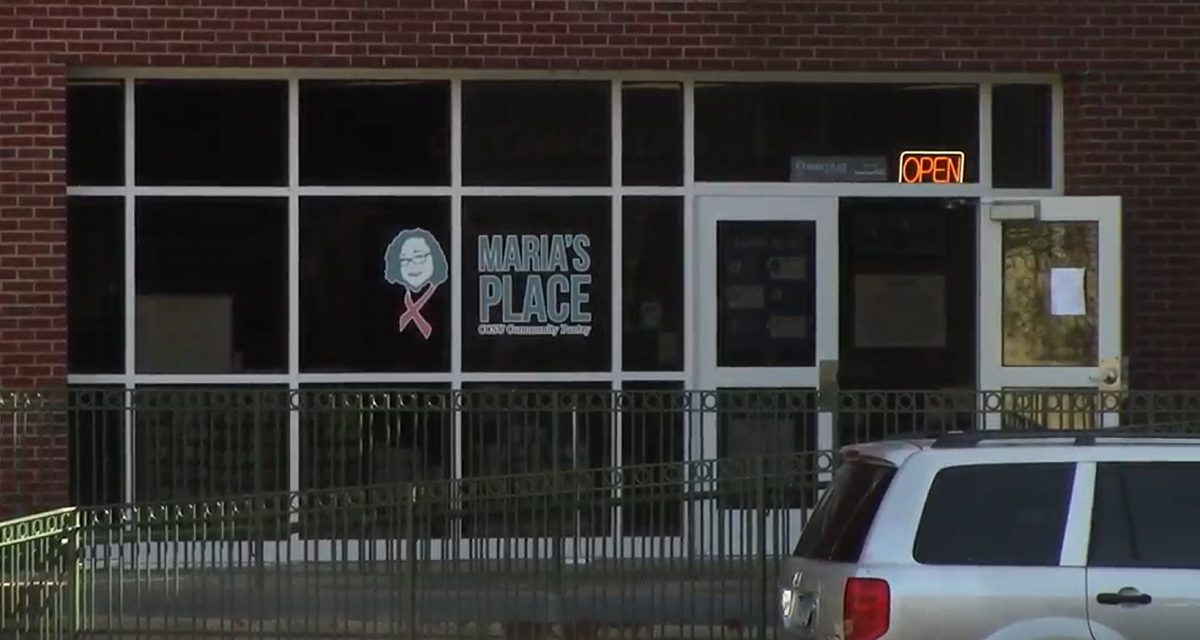By Justin Muszynski
Four planes, nearly 3,000 deaths and a nation that would forever remember the events of that tragic day; this is the catastrophe that artist Graydon Parrish decided to depict in his painting titled “The Cycle of Terror and Tragedy.”
The painting portrays two blindfolded men that symbolize the unsuspecting twin towers. The setting is marked by devastation and suffering and shows America’s vulnerability that day by leaving everyone in the picture mostly unclothed.
Parrish spoke of the painting at the New Britain Museum of American Art on Sunday, September 11. The event was held in the same room that the painting is displayed in. For the majority of his talk Parrish reflected on why he chose to make an allegorical painting instead of something that depicted a real life setting.
“I wanted to take the most potent images I could find from that day and weave them all into one,” said Parrish.
From left to right, the painting shows the age of the people ascending and is left with one child on the end to represent that “the cycle” that is never ending.
“I wanted to show the innocence of the children who remember the events of that day and contrast it with the adults who knew exactly what was going on,” said Parish. “We read into it on so many levels and I wanted my personal feelings towards it to be shown as well.”
Parrish also spoke about art in general and what he gets out of it and why it is important for everyone to never forget the events that took place. He says that everyone had their own personal feelings and emotions that day and the best way to not forget them is to remember them through something like a painting.
“What painting does for me is it jogs my memory, maybe to a time when I felt uneasy or when I felt like the world was falling apart around me,” said Parrish. “That’s what art can and should do for you, especially in this case.”
Parrish took some time after his talk to answer some of the audience’s questions. Most pertained to what things in his painting meant and why he chose them.
He also encouraged the audience to approach him about their experiences and what his painting has done for them personally.
“I’m less interested in what I did on this painting and more interested in what you think of it,” said Parrish. “Please, tell me what your experiences are and feel free to come up to me and talk.”
When asked why certain individuals in the painting were handcuffed Parrish said this represents someone who is in a bad situation but can’t escape it, thus being bound to their fate.
The painting was done between 2002 and 2006, and is over 18 feet in length. It is featured in the Chase Wing of the New Britain Museum of American Art.



